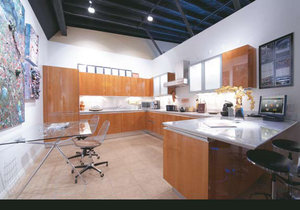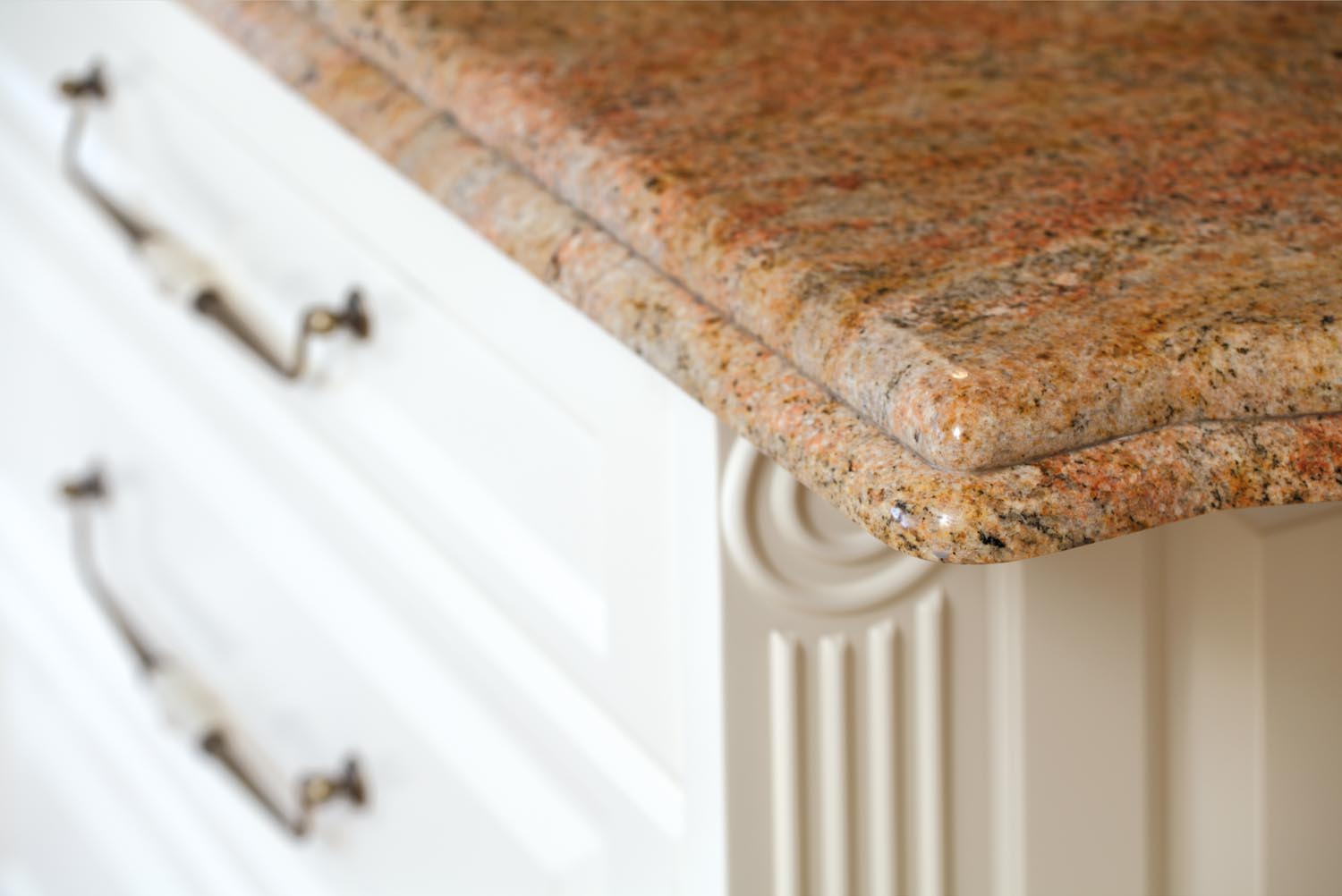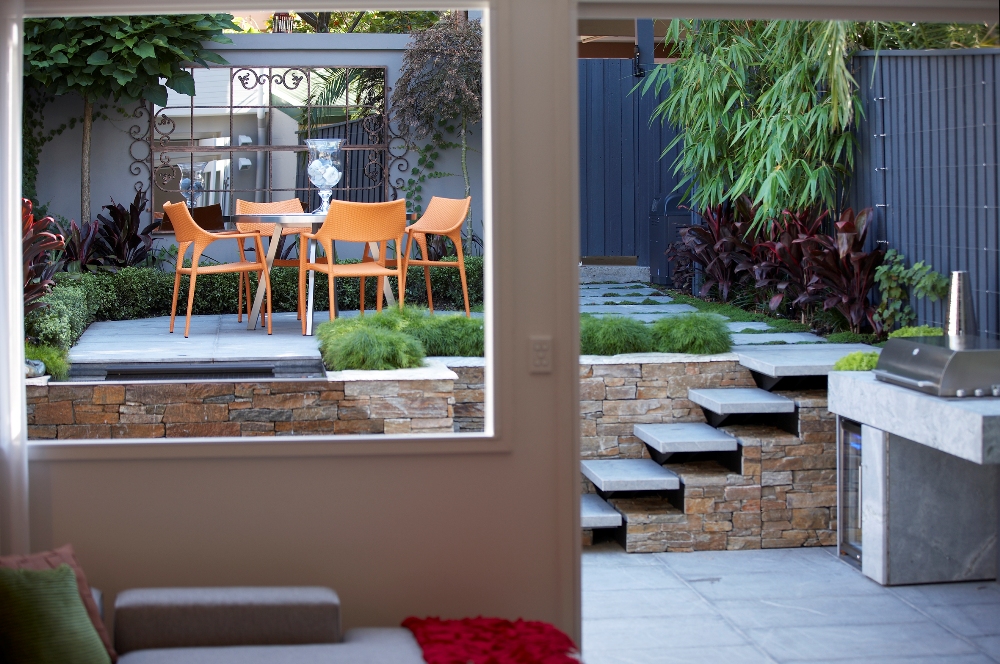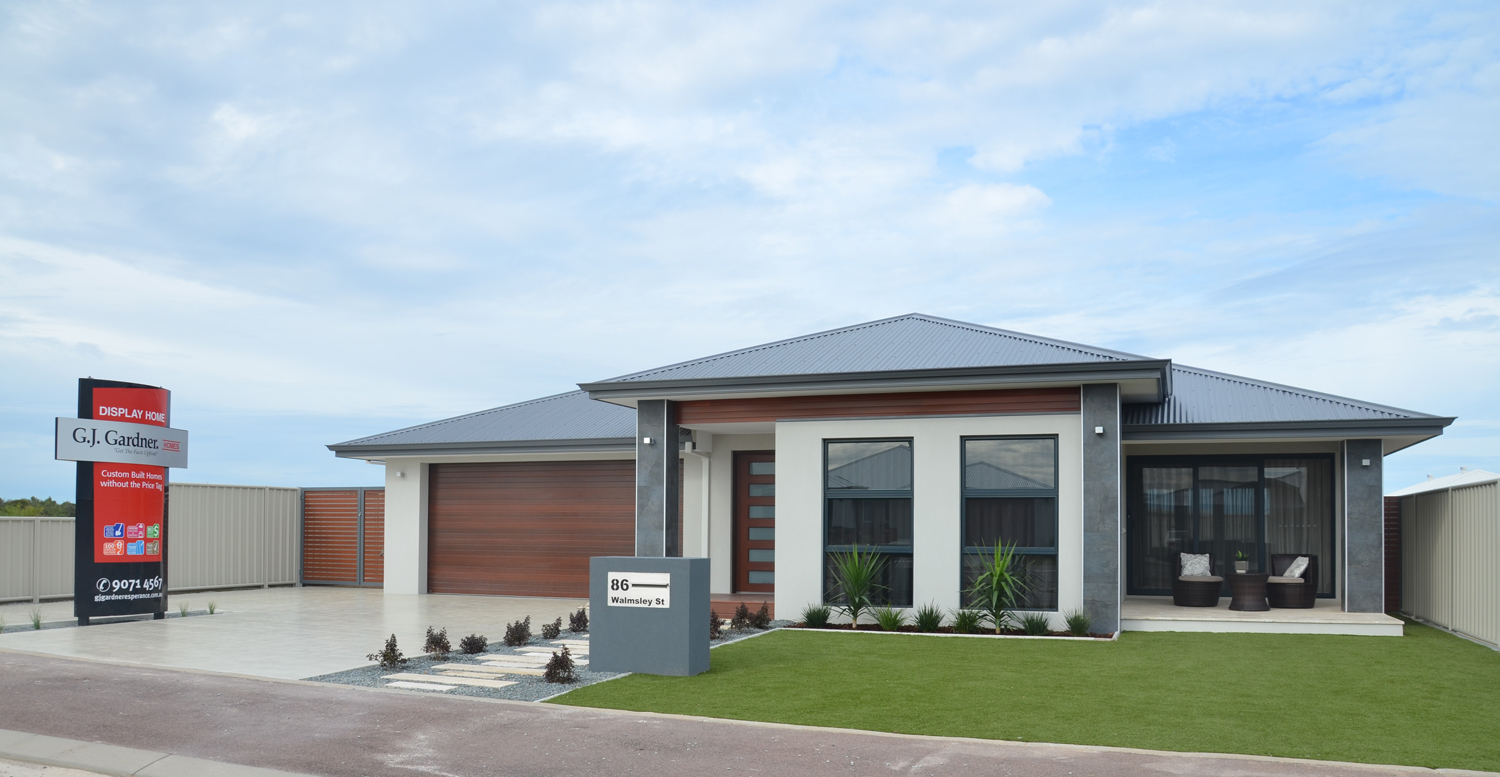News that both Whirlpool and General Electric, two of the world’s biggest electronics companies, will soon be selling “smart” appliances could just be the key to the digital home we’ve been waiting for. For the first time, our appliances will be able to talk to power companies online via a “smart grid”, allowing them to be remotely managed to work more efficiently — or not at all — if demand is high, costs have spiked, or there’s an alternative energy source such as solar or wind on offer. Whirlpool plans to have a million smart clothes dryers ready for sale in 2011 and supposedly all of its products over the next six years, including fridges, ranges, dishwashers, airconditioners, you name it. Consumers will have the option to override the instructions, of course, but it’s hoped that with the right information and price incentives, we’ll all learn to accept some Big Brother-type control if it helps lower our power bills — and does some good for the planet at the same time.
Home is where the data is
While smart grids are still in their infancy in Australia, the move to embed all sorts of smarts into the gadgets we use every day is already here. Appliances that mix a number of technologies, blend separate functions and plug directly into the web over wire or wireless are fast becoming the norm, not only changing the way our homes look, but shifting how we relax, work, communicate and just plain live in them. And where appliances lead, the home follows, it seems. Certainly that’s been the case when it comes to how we entertain ourselves now. While most of us have got used to accessing music as easily as pressing a playlist — and home cinemas are delivering complete film immersion — it’s the boom in online video, film, television and gaming over a whole range of different screens that’s adding a new home media twist. A trend that’s already being called “timeshifting” and “placeshifting” as we increasingly get used to watching what we want, when we want and where we want. Or probably more accurately, when we can. New research in the US shows that online consumption of video has not only doubled in the past three years, but that a quarter of homes now regularly go there to watch television shows. While laptops and PCs are usually the go-to source, there’s a push to widen our choices via set-top boxes, gaming consoles, iPods and more recently smart phones, even if the thought of watching a movie on a 5cm or 6cm screen might still deter some. No matter the obstacles, it appears the delivery of television programs and movies to iPhones, Blackberries and Google phones is only going to speed up. Recently, US company MSpot announced that 40 million mobile phone subscribers there could now get fulllength feature movies available on demand, at the same time that Universal Studios has just allowed owners of iPhone and iPhoneTouch to interact with Blu-Ray DVDs via BDLive interactive. This is not to say televisions are missing out on the digital action. Not only do we still physically watch it more than any other device, but the ever-improving television set — slimmer, sleeker, better visuals, Internet connected and, any day now, in 3D — has seen it continue to multiply across rooms all over the house.
The home-work divide
Nowhere has the ability to deliver high-tech knowhow to the furthest reaches of our home been more obvious than in the growth of the home office or studio. With ever-faster broadband at the front door, the opportunities to work either flexibly or run a business from home have skyrocketed. It’s estimated that Australia has close to a million home-based businesses these days and more than a quarter of all companies here say they’re involved in some form of flexible work arrangement such as telework or e-work. A new study found that this growing army of telecommuters is also very keen on purchasing new technology products and that’s probably one of the reasons why consumers, not corporate business, are now the biggest market for personal computers. Every major building, technology and design company looks like they got that memo, too. Not only are new apartment blocks, residential developments and project homes increasingly coming with a home office — or the option for one — but telcos such as Telstra and Optus, as well as IT brands such as HP, Intel and Apple, are actively courting this in-house market with hardware, software and back-up services. Thankfully the technology is also making our home offices cleaner, leaner and much better looking than they have ever been. With services and storage of data migrating to the web — also known as “cloud computing” — we’re opting for razor-thin, lightweight laptops called netbooks or notebooks that come with less grunt, but a lot more style. Filing cabinets and shelves are also being packed away as we increasingly access everything we need electronically through touch control — an option that both Microsoft’s new Windows 7 and Apple’s latest mouse are exploiting. Technology may also have the humble email in its sights as the ability to talk, not type, online gets so much easier. Not only have services such as Twitter and Facebook made messaging more instantaneous, but video-based communication and visual networking over skype, ichat or Google Talk, laptop cameras and video conferencing is on the rise. Even a couple of years ago, videoconferencing — often also called media conferencing, telepresence and web conferencing — was prohibitively expensive, but now companies such as Cisco, HP, Tandberg, Polycom and Lifesize are all pushing new options, great products and increasingly lower prices to the home market. Ironically enough, this market has kept growing through the recent “great recession” as companies and home workers sought to cut travel costs, and its image as an energy angel grew wings. Most of these trends were neatly summed up in Panasonic’s recently unveiled Eco & UD House in Tokyo. A home worker here uses a wall screen for web conferencing and multiple windows, is networked to the rest of the house for effortless lighting, communication and environmental control, and has built-in Facial and Voice Identification technology for access and security. But even if the technology gets smaller and more remote, we’ll still need something real to sit and work on. No wonder, then, that companies such as Ikea, Space Furniture and Living Edge, to name only a few, have rapidly moved to fill this space with great-looking tables, desks, chairs and drawers.
What’s cooking?
While high-tech solutions often seem to make sense to most people when they’re on offer in home cinemas, media rooms and now home offices, that leap of faith doesn’t always translate as well to rooms such as kitchens and bathrooms. But they should. Strangely enough, it’s the kitchen that’s traditionally been the place where cuttingedge technology has usually entered our homes first — think stoves, fridges, dishwashers and microwaves — and it’s a role that’s only accelerating in the digital age. Computer screens and televisions that can stand the heat are now becoming familiar sights in modern kitchens, either as discreet panels on walls or tucked away ready to emerge at the touch of a button. They may soon be even more intuitive than that as multi-touch surface technology from the likes of Microsoft or Savant sees them embedded into workbenches, cooktops and tables for instant access to the web, messaging and entertainment. Appliances such as ovens and fridges are also rapidly upping their IQ, “converging” technologies in partnership with sensors, cameras, ethernet connections and on board computers that link to databases to deliver bespoke storage, heating, chilling and cooking options. Even a quick glance at new models from the likes of Miele, Electrolux, Fisher & Pykel and Whirlpool, for instance, suggests cooking may soon be as much a science as an art. With kitchens also blurring the lines between living, dining and outdoor areas there’s growing interest in providing whole house control from this one central point. Touchscreens from the likes of Crestron, Cisco and AM X can be on walls, as bench tablets or part of a universal remote to control lights, climate, security and the home’s complete entertainment system, including the ability to create separate audiovisual zones. “We’ve had a big hit with touchscreen controls in kitchens because it’s such a popular place to be in the home,” said Alan Lawson from Ingenious, a home audiovisual and automation integration company based in Queensland. “A couple of years ago there was a bit of resistance to the idea that we need this sort of technology in kitchens, but people are finding that it’s a convenient place from which to manage other parts of the house and that some online connectivity is very useful. People are just getting very comfortable with computers and touchscreens, and this is only going to get bigger at home,” Alan added. If places such as MIT’s Food Lab and GE’s Design Lab are anything to go by, many of the spaces in our kitchens — from cupboards to kettles — will be linked to the Internet and come with sensors that can alert us to any changes and also be programmed for remote control from laptops and phones. In fact, some of the latest real-world custom installs are creating intelligent cupboards that can slide away on request, be programmed to automatically lock, keep an inventory of contents and even allow for biometric security.
Technology on tap
Selling high-tech visions for clients’ bathrooms, however, is a tougher sell according to most custom installers and designers. While bathrooms have also seen some notable scientific advances — streamed audio and iPod docks are increasingly popular — there’s a perception that big high-tech spends in other parts of the house probably offer more bang for your buck. But here, too, things could be heating up. Certainly in Japan — a country that has yet to meet a time-saving gadget it hasn’t liked — bathrooms have long been something of a techno-pioneer. In most public rest rooms or modern homes and apartments here you’ll find sensor technology widespread for controlling lights, taps and toilets. These often come with automatic lids, wireless LCD wall panel controls, and programmable features for temperature and hygiene. Water and steam-proof screens, either for television, multimedia or home connectivity, are also starting to make inroads as the bathroom begins to lose its utilitarian focus and morph into a room where you can relax, unwind and still stay in touch with the world outside — or the rest of the house. Phillips, the Dutch consumer electronics conglomerate, made something of a splash a couple of years ago by introducing the mirrored television, but it’s a trend that other companies have been quick to copy with a range of LCD, Plasma and High-Definition television options. More hands on touch screens are also starting to emerge to provide options for web browsing, media selection or access to climate, security or other whole-house automation. In fact, like most other areas of our homes it’s bathroom connectivity that could really push the acceptance of technology here, and particularly when it comes to our health. Remote or e-health options via the web are fast becoming a major area of research and product development as the power to create two-way communication between us and specialist health and beauty services looks like becoming a big market. Most recently, French company Withings launched a WiFi-enabled bathroom scale that can send data on your weight to a secure website with the opportunity to create personal histories, and get support and advice. Intel is also taking this approach seriously, recently releasing the Intel Health Guide — an interactive, online device that includes vital sign collection, patient reminders, surveys, multimedia educational content, and video conferencing and alerts. And just as our kitchen appliances are tacking on computers and other technological knowhow, you can expect showers, baths, taps and cupboards to be tweaked to provide a more intuitive and smarter experience.
The four-screen home
With so much gadgetry now on offer, it’s interesting to see that something as ordinary as the telephone is also getting a radical makeover, one that could just make it as popular as it once was in our homes. Despite the fact that roughly two million Australians are apparently ready to abandon their fixed-line telephones according to a recent study by the Australian Communications and Media Authority, the growth of the IP or Internet Protocolmultimedia phone could have them re-thinking how useful a house phone can be. Particularly when it is being re-imagined quite so dramatically. Combining large, colour, one-touch screens with speakers and always on web access, the phones combine the ability to make calls and real-time IP video conferencing that can also be combined with one or more cordless handsets located in other rooms. Dubbed “the fourth screen” by industry analysts — after the TV, PC and smart phone — it’s a market that’s expected to hit $8 billion in global sales by 2013 as they become increasingly popular due to their ease of use. A sign, if we needed one, that when it comes to technology everything old can be new again, including our homes.






